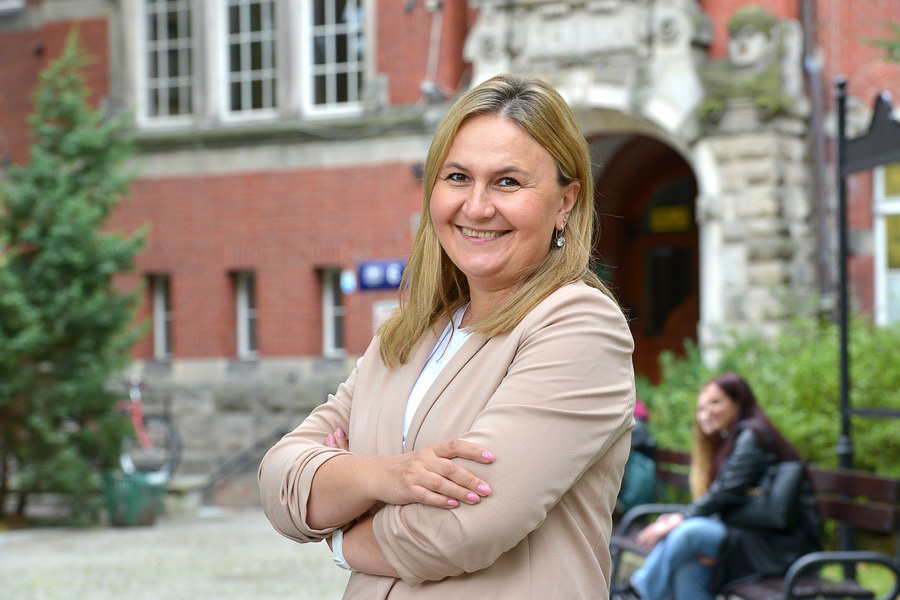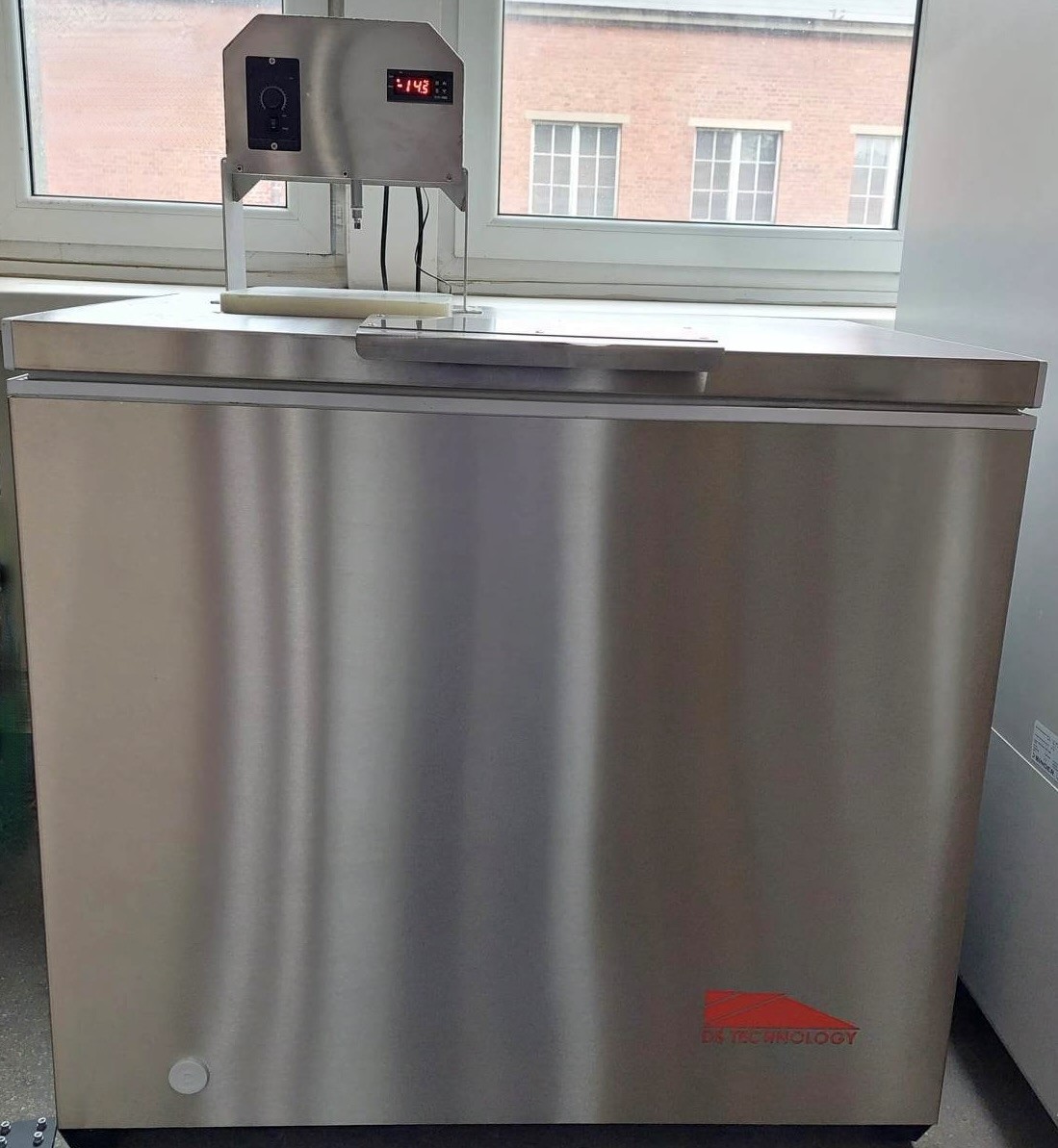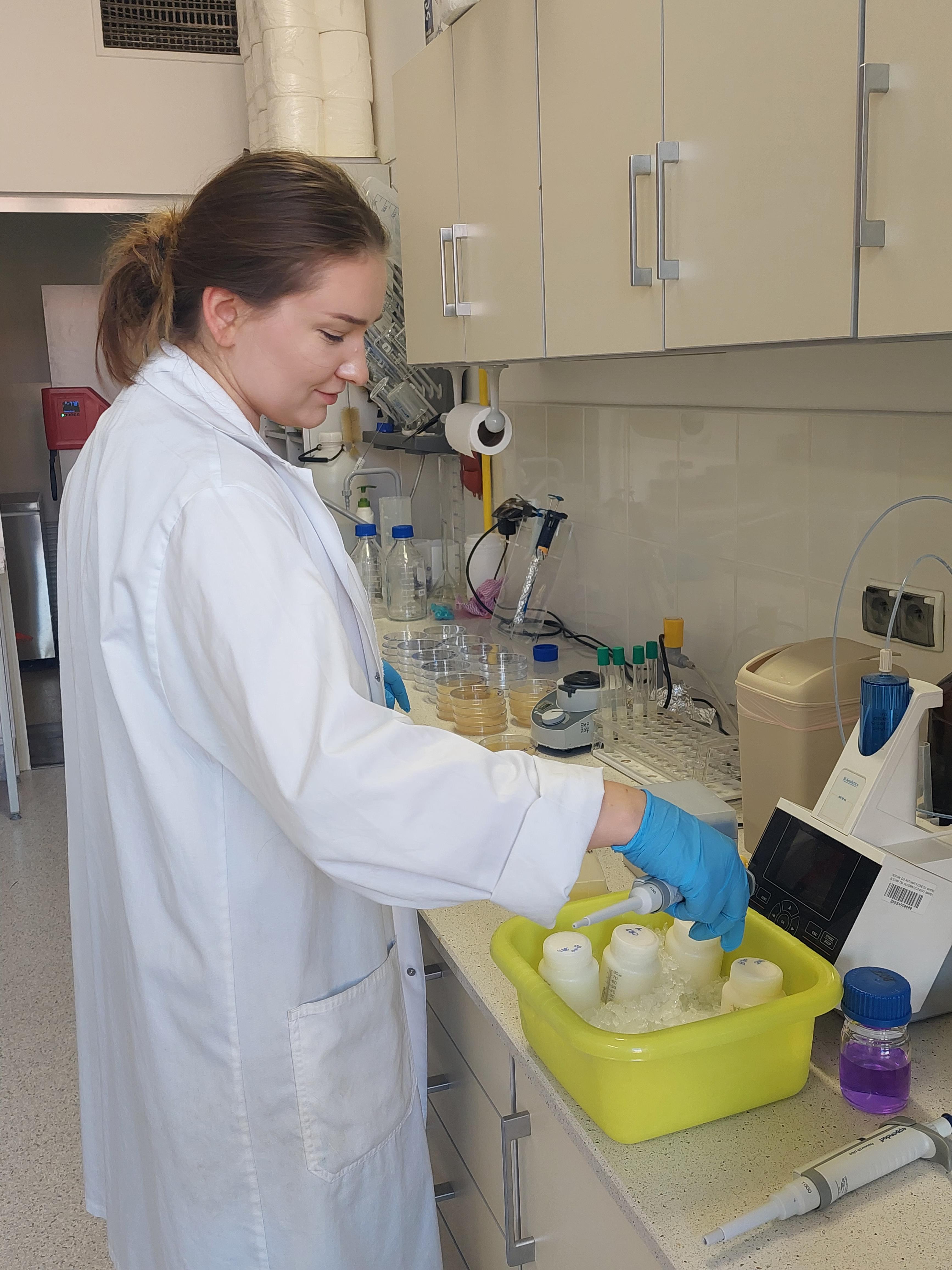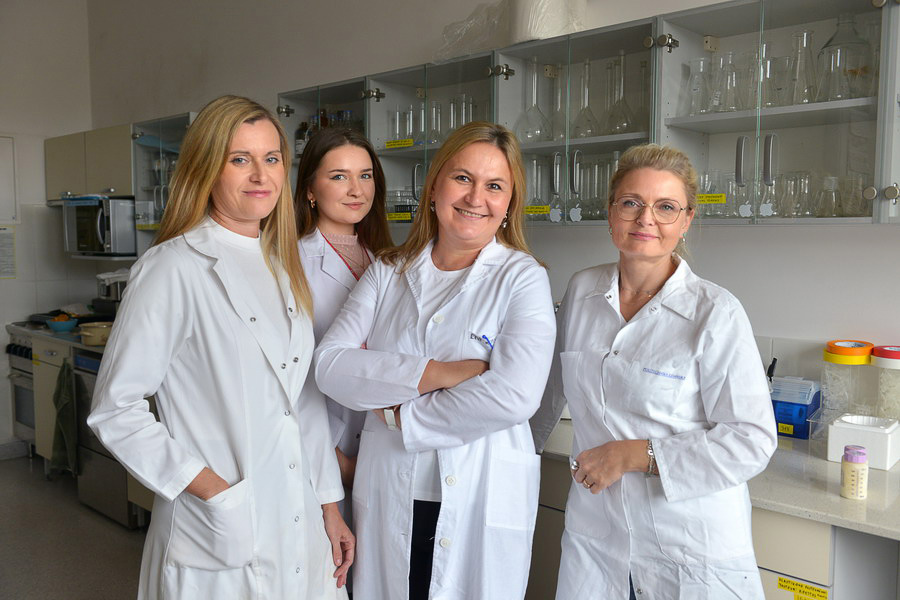A team of scientists from the Gdańsk University of Technology has created a device that may revolutionize how milk is stored in human milk banks.
There is no better food for premature babies, newborns and children up to two years of age than breast milk. That's it, full stop. This is a fact that has been repeatedly researched and confirmed. Such milk contains nutrients necessary for the proper development of the child and protects it against diseases and infections. The World Health Organization recommends exclusive breastfeeding until the child is 6 months of age and continuing breastfeeding until the age of 2 with the introduction of complementary foods.
So much for the theory. In practice, unfortunately, there are situations when a mother cannot breastfeed for various reasons. Then the best alternative is to use milk collected in Human Milk Banks. There are currently 17 such banks operating in Poland.
Scientists working on a project in the laboratory. From the left: prof. Barbara Kusznierewicz, Msc. Katarzyna Mazur, prof. Edyta Malinowska-Pańczyk, prof. Dorota Martysiak-Żurowska (photo: Krzysztof Krzempek/Gdańsk University of Technology)
Problem with pasteurization
"In order to ensure that the milk collected in banks is microbiologically safe, the milk in banks is preserved by heating at a temperature of 62.5°C for 30 minutes. Such processing leads to a significant reduction in its nutritional and biological value" - explains professor Edyta Malinowska-Pańczyk from the Gdańsk University of Technology, project manager of HumMilkPres.
High temperature not only kills bacteria, but also destroys other ingredients needed by the child, e.g. immunoglobulins or enzymes.
The scientist, together with three other researchers from the Gdańsk University of Technology, decided to develop another method of preserving human milk, alternative to the currently used pasteurization.
"The idea is to ensure that the milk is microbiologically safe, i.e. that there are no bacteria in it, but also to maintain its nutritional and biological value. This is even more important because the milk collected in banks is mainly used by premature babies and sick newborns" - explains the researcher.

Milk under pressure
For this purpose, the Professor's team created a device for storing milk under high pressure at temperatures below 0 degrees. To put it simply, the device consists of high-pressure chambers into which milk samples with a capacity of 100-150 ml are placed and a cryogenic bath in which these chambers are cooled, thus generating increased pressure. Later, the chamber with milk can be placed in the freezer and stored for at least 3 months.
"Thanks to the high pressure, the water in the milk does not freeze, despite minus temperatures. Milk retains its nutritional value and does not lose other important ingredients, e.g. antimicrobial enzymes and digestive enzymes" - says Prof. Malinowska-Pańczyk.
The device is small, so it can be used on a wider scale.
 A device developed by scientists
A device developed by scientists
"The pressure in our device is generated directly in the high-pressure chamber as a result of lowering the temperature below 0 degrees. Normally, in this type of industrial equipment, the pressure is generated by pumps. If we wanted to use them, our equipment would be simply too big" - the researcher says.
The team of scientists examined how human milk behaves in four sets of parameters including temperature and pressure. It turned out that:
- at a pressure of 60MPa and a temperature of -5 degrees, the milk meets microbiological requirements (e.g. there are no bacteria in it) after 63 days of storage,
- at a pressure of 78 MPa and a temperature of -7 degrees, the milk meets microbiological requirements after 7 days of storage,
- at a pressure of 111 MPa and a temperature of -10 degrees, the milk meets microbiological requirements after 2 days of storage,
- at a pressure of 130 MPa and a temperature of -12 degrees, the milk meets the microbiological requirements after 2 days of storage, but under these conditions the content of some bioactive ingredients is reduced.
The patent for healthy milk
"We cooperate with human milk banks. We want to publish our research and show that it is worth using this method because it makes the milk safer and of better quality" - concludes Prof. Malinowska-Pańczyk.
The team reported the invention to the Patent Office. They plan to conduct research on the survival of viruses in milk using the method he proposed.
 MSc. Katarzyna Mazur during the analysis of hyperbarically stored milk (photo: Edyta Malinowska-Pańczyk)
MSc. Katarzyna Mazur during the analysis of hyperbarically stored milk (photo: Edyta Malinowska-Pańczyk)
"We are searching for a way to finance this research" - declares the Professor.
The project „Storage of human milk in unfrozen state under high pressure-subzero temperature conditions - new method of preservation (HumMilkPres)” received over EUR 191,000 in funding from the EEA and Norway Grants under the Applied Research Programme.
Find out more in the EEA and Norway Grants project database.

